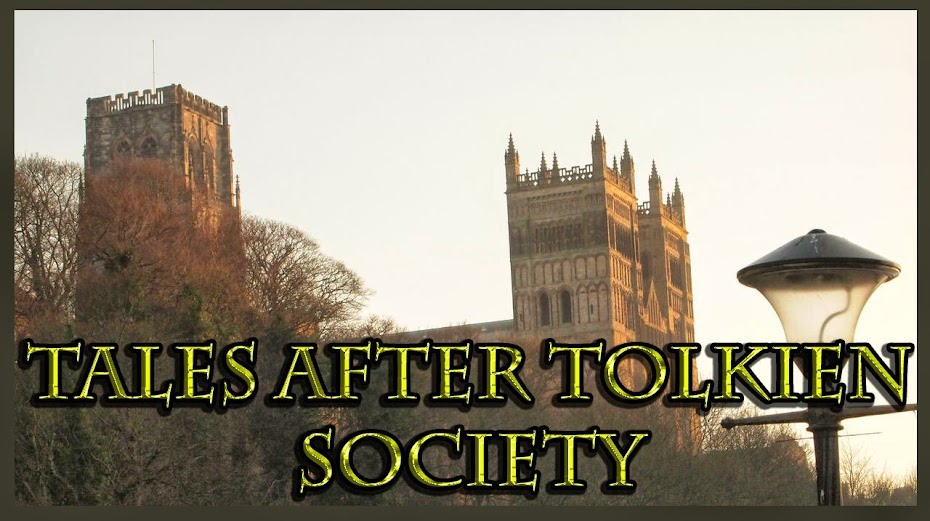With apologies for the long delay between entries...
On 27 November 2014, The Guardian posted Michael Brooks's article, "The Medieval Bishop Who Helped to Unweave the Rainbow." In it, Brooks reports that researchers have investigated the scientific works of thirteenth century bishop Robert Grosseteste and found that they in many senses anticipate later scientific understandings, particularly in regards to the behavior of light. Contextualized in an account of observing researchers at the Festival of Humanities at Durham Cathedral reproducing the bishop's experiments, the article accounts in a summary fashion for the provenance of Grosseteste's work, as well as the problems within it and the internal consistencies that, even if at odds with observed reality as currently understood by science, make for what one scientist calls a "curiously satisfying" understanding of cosmology. Brooks's article is well written and reasonably balanced, respectful of all parties concerned, and a worthwhile piece of journalism on both ongoing science and researches into history.
There are several things to note in the article. One that attracts a bit of amused attention is that the subject's name, Grosseteste, translates to "big test" or something similar from several languages, a bit of punning particularly appropriate given the association in Brooks's article between the man and science. More important, however, are the respect with which the journalist reports on the knowledge-base of the humanities scholars with whom he worked and what can be taken as the central theme of the article: the so-called Dark Ages are not so dark as commonly held.
A commonplace about those who study the humanities--the "historians, Latin scholars or theologians" [sic] Brooks notes in attendance at the Festival--is that their knowledge is irrelevant and their fields of study preclude them from having any understanding of the actual functions of the observable, material world. The commonplace fails to address those who apply humanistic methods to the sciences themselves, looking into the histories and socio-cultural contexts in which scientific understanding exists and the political entanglements that enmesh the pursuit of such knowledge. Brooks makes a nod to it in noting that for many of the humanities scholars, direct interaction with the hard sciences is a long-ago thing--but in the next paragraph, he notes that his own knowledge of the humanities pales in comparison to the scientific knowledge of those who are so far removed from scientific schooling as are those scholars. Further, he shortly afterwards notes relying heavily upon a humanities scholar for his reported understanding of some of the importance of Grosseteste's work. In doing so, he subverts the commonplace and acknowledges the hard-won knowledge of humanities scholars as being of value, as being necessary to a full understanding even of the most "scientific" of sciences: physics.
It is easy for those writing in the twenty-first century to look back at the intellectuals of earlier centuries with scorn and derision (although neglectful of the debt owed to those same intellectuals). Their ideas are strange to contemporary readers, and they are in some cases flatly wrong--usually owing to limited observational ability. Brooks avoids the aspersive look in his article, however. Although he acknowledges the places where Grosseteste's research is in error--chiefly in incorrect assumptions prevalent at the time--he does not heap scorn upon the man for sharing the beliefs of his time (in no small part because all too many still share those beliefs despite confirmed evidence to the contrary); instead, he lauds the bishop's insight into the workings of the natural world and the potential for cross-cultural discourse through scholarship that his work embodies. Indeed, Brooks goes to some length to reference scholars who similarly praise Grosseteste and his work and to note the similarities between the bishop's situation and his own, remarking that the passage of time may well invalidate current understandings as thoroughly as current understandings undermine those held by Grosseteste and his contemporaries. His doing so is a reminder that the medieval world was as vital as the current, its thinkers as concerned with understanding the universe around them as current thinkers are theirs. It is an indication that there is still much to learn from centuries gone by, whatever the field, and that such learning is something well worth having in the forefront of public consciousness.
